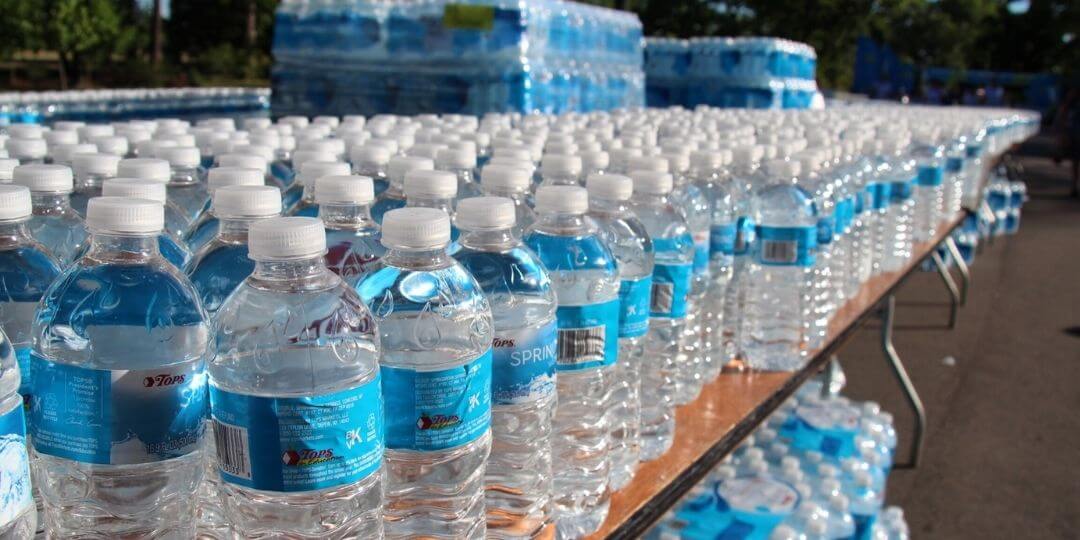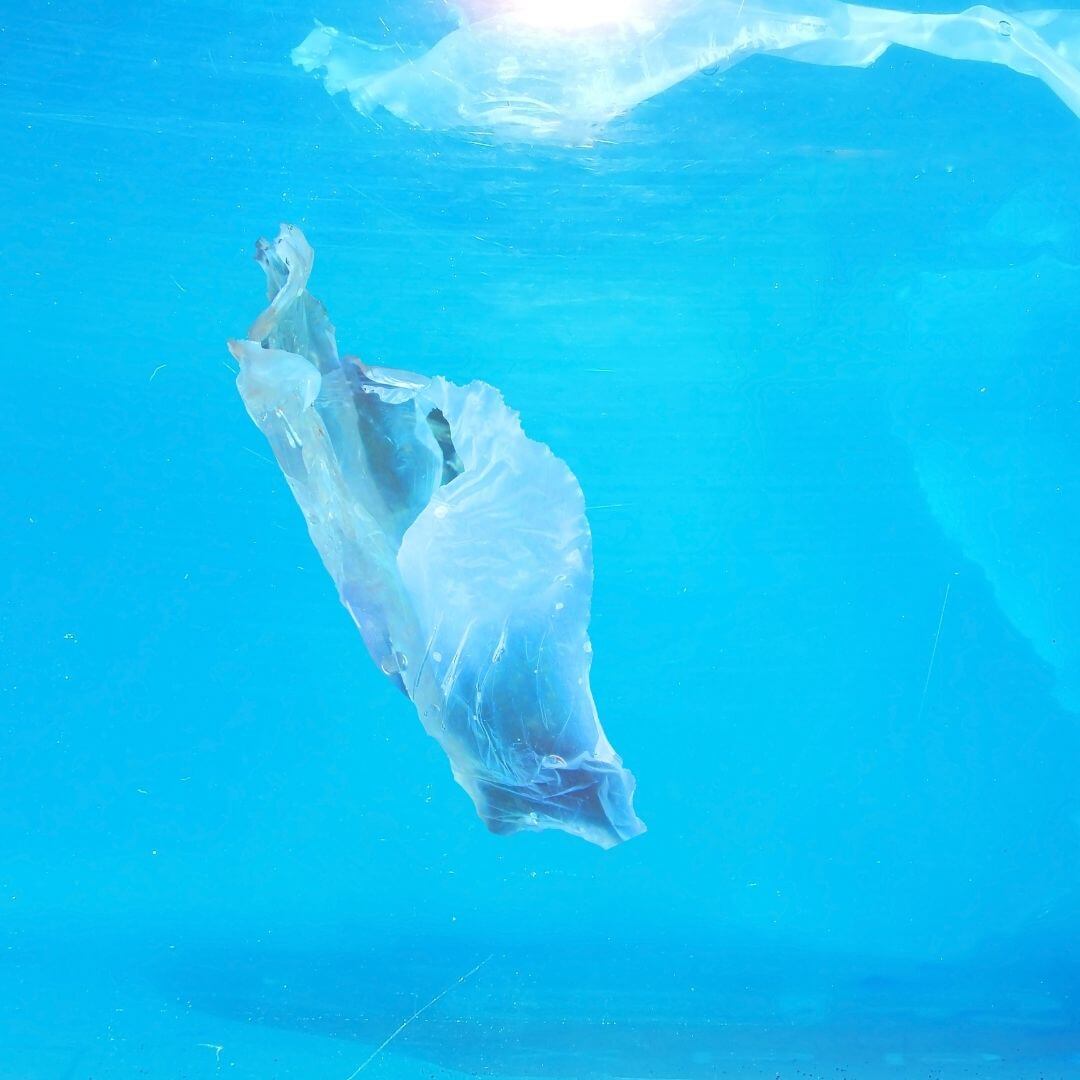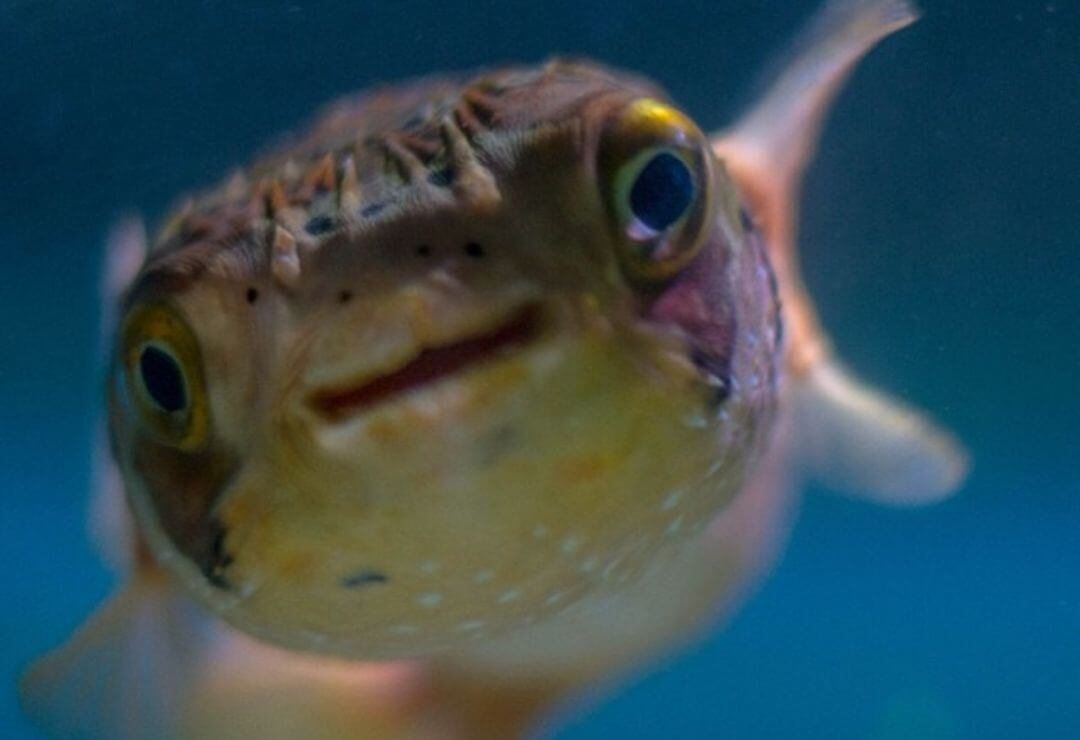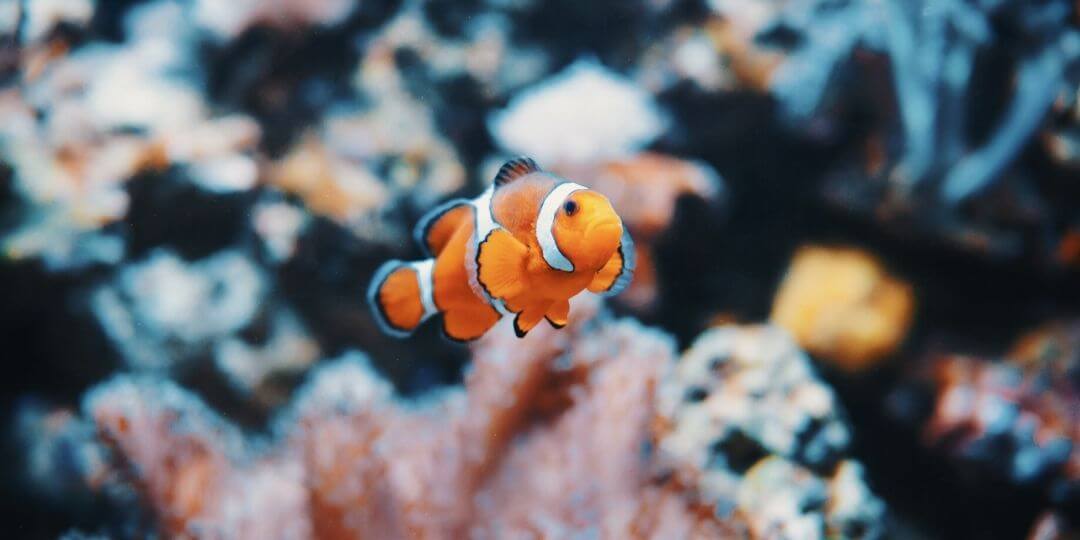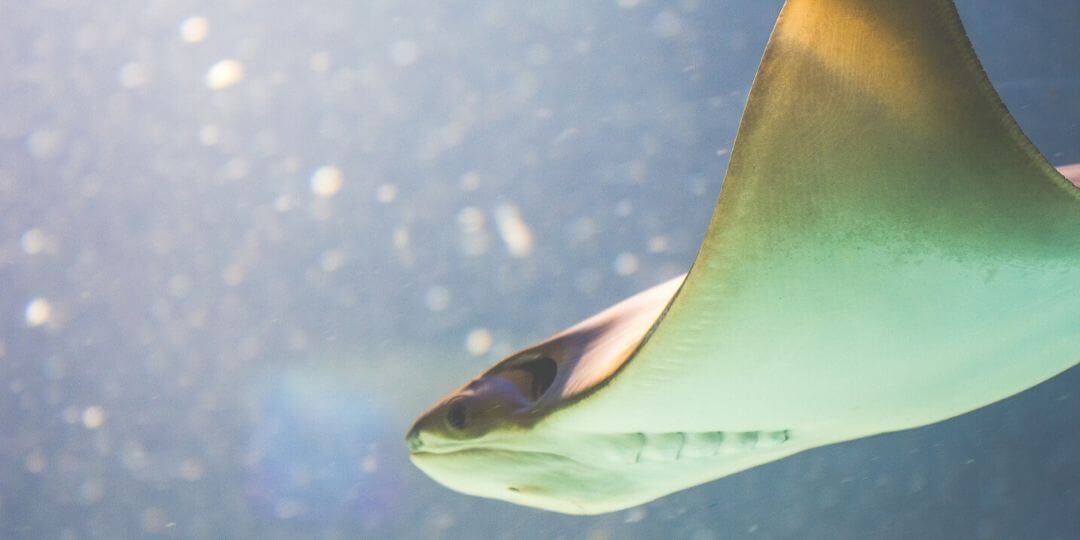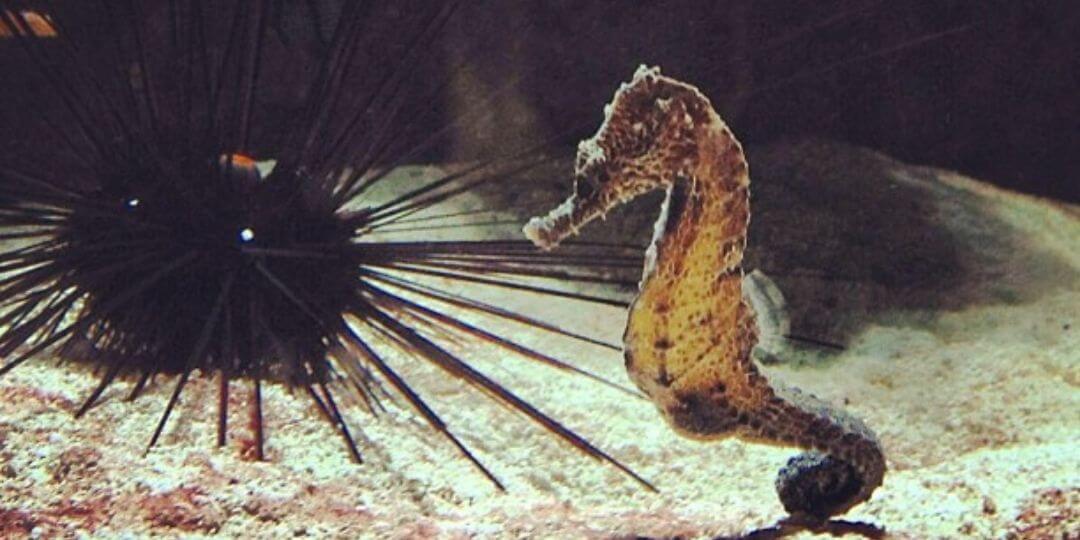Fish

What Makes a Fish a Fish?
Stingray
Seahorses
BRAIN BLAST
Jellyfish and starfish are both called "fish," but are are not true fish! Identify all of the reasons why these two animals are not classified as fish.
Word of the Week
Aquatic
Aquatic means to live in water!
Fish are a great example of an aquatic animal, as are otters, seals, and whales. Plants can also be aquatic, like lily pads, seagrasses, and kelp!
Species Spotlight
Humphead Parrotfish
Bolbometopon muricatum
Humphead parrotfish are almost 5-ft long and weigh more than 150-lbs, making them the largest species of parrotfish! This giant fish is found near coral reefs in the Indian and Pacific Oceans where they feed on corals and the algae that grow on them. They ram corals using their large heads to break off small pieces or chomp right through the larger pieces with their strong teeth. Their teeth are cemented together forming a beak-like mouth.
While it may seem that parrotfish are damaging coral reefs, they are actually performing a very important service. As they eat the coral, which is often dead, they also eat the algae that compete with coral for food and space. The coral they eat eventually exits their bodies as fine, white sand. One parrotfish can produce more than 700-lbs of new sand every year! Humphead parrotfish are sometimes found in groups with as many as 75 parrotfish, which makes them easy targets for spearfishers and collectors. We must protect parrotfish to keep reef ecosystems healthy!
Conservation Corner
How To Reduce Your Plastic Use
Plastics in the ocean are one of the biggest problems fish and other wildlife are facing. Plastics never decompose. Instead, they break down into smaller and smaller pieces that become even more dangerous for wildlife. While we can recycle some plastics, the best way to avoid adding plastic into the environment is by reducing the amount of plastic you buy and use! Here are some easy ways you can reduce your plastic use.
Get the reusable item!
We have become too comfortable with single-use plastics. Everyday items like water bottles, straws, and coffee cups all have reusable alternatives that can eliminate potential waste!
Buy the option with paper packaging.
Unlike plastic, most paper will eventually decompose. Switch out your plastic milk jug for a paper carton, your plastic bag for a paper bag, and your plastic toothbrush for a bamboo one!
Do your research!
You would be surprised how many sustainable alternatives exist these days! From toothpaste to deodorant to shampoo, there are plastic-free alternatives to almost everything.
Fish Finding Fun
Fish come in all shapes and sizes! Can you figure out which of these sea creatures are true fish and which are not? Drag each animal to the correct category!
Fish Frenzy
Fish have amazing characteristics that help them to live their whole lives underwater! Unscramble the letters below by dragging them to the correct spot to identify each fishy characteristic.
Fish Conservation
Microplastics
Plastic is something we have come to use in our everyday lives, but where does it end up when we are done with it?
Lots of plastics end up in the ocean where they break down into tiny pieces.
Plastics are often eaten by wildlife and can make them sick!
We can help ocean animals by using less plastic and reusing plastics instead of throwing them away!
Sustainable Seafood
Seafood is a yummy and healthy way to get your protein.
Most of the time, the way seafood is collected is bad for the environment and the animals that live there.
The best way to help is to make sure you are eating seafood that was fished in a way that didn't damage the ecosystem!
That way the sustainable fishing companies will get more business and be more successful than the unsustainable fishing companies.
Ocean Acidification
As humans continue to pump carbon dioxide into the atmosphere, the ocean is constantly becoming more acidic.
The acidity cause clams and crabs hard shells to weaken and kills coral reef, which many animals depend on for shelter!
Fish populations are starting to shrink, a resource that many people rely on for food.
The rate we are changing the ocean does not give organisms the chance to evolve and can lead to extinctions.
Fish Challenge
Becoming a Marine Biologist
Marine biologists spend a lot of time observing fish and recording data! They record information about appearance, location, quantity, behaviors, and other factors in the environment. Pretend to be a marine biologists by analyzing the behaviors of the fish in the video below! Document your observations in the charts below.
Beginner
Observation ChartExpert
Observation ChartOur Favorite Fish Videos
Glossary
Adaptation
The process by which a species becomes more fit for its environment over the course of several generations. It is a result of natural selection.
Aquatic
Living in water.
Camouflage
The ability for an organism to blend into their surroundings usually to hide from prey or predators.
Cartilage
Flexible but firm connective tissue that makes up parts of the human nose and ears, along with shark and ray skeletons.
Dermal Denticle
Tooth-like scales that cover the exterior of sharks and rays.
Ectotherm
An animal that relies on the outside temperature to regulate their body temperature (reptiles and amphibians). Also known as cold-blooded.
Endotherm
An animal that regulates their body temperature internally (mammals and birds). Also known as warm-blooded.
Environmental Indicator
A species whose presence or absence signifies the health of an ecosystem.
Fish
A group of ectothermic (cold-blooded) animals that live primarily or entirely in water, have fins instead of limbs, and breathe using gills.
Gills
The respiratory organ that allows fish, amphibians in their larval phase, and crustaceans to absorb oxygen molecules from water.
Invertebrate
An animal that has no bones.
Lateral Line
A series of sensing organs along the sides of fish that allow them to feel vibrations in the water and changes in pressure.
Poison
A toxin that is harmful when touched or eaten and is often produced through glands.
Predator
An animal that hunts other animals for food.
Prehensile
Able to grasp.
Prey
An animal that is hunted and eaten by another animal.
Species
A closely related group of animals with similar characteristics that are capable of reproducing (example: tigers).
Spiracle
A respiratory organ that pumps water through the gills of stingrays and some sharks and allows them to breathe while resting motionless (some invertebrates have spiracles that function differently).
Subspecies
A group of animals within a species that are genetically different from other groups in the same species (there are 6 subspecies of tigers).
Venom
A toxin that is injected into prey through teeth or a stinger.
Vertebrate
An animal that has a backbone.
Sign Up for our Newsletter
Stay up to date with new adventures, live classes, deals, and more!

Helpful Resources
*Please note we do not offer refunds for EdZOOcating Adventures memberships. We recommend you explore the 3-day free trial prior to subscribing!*


